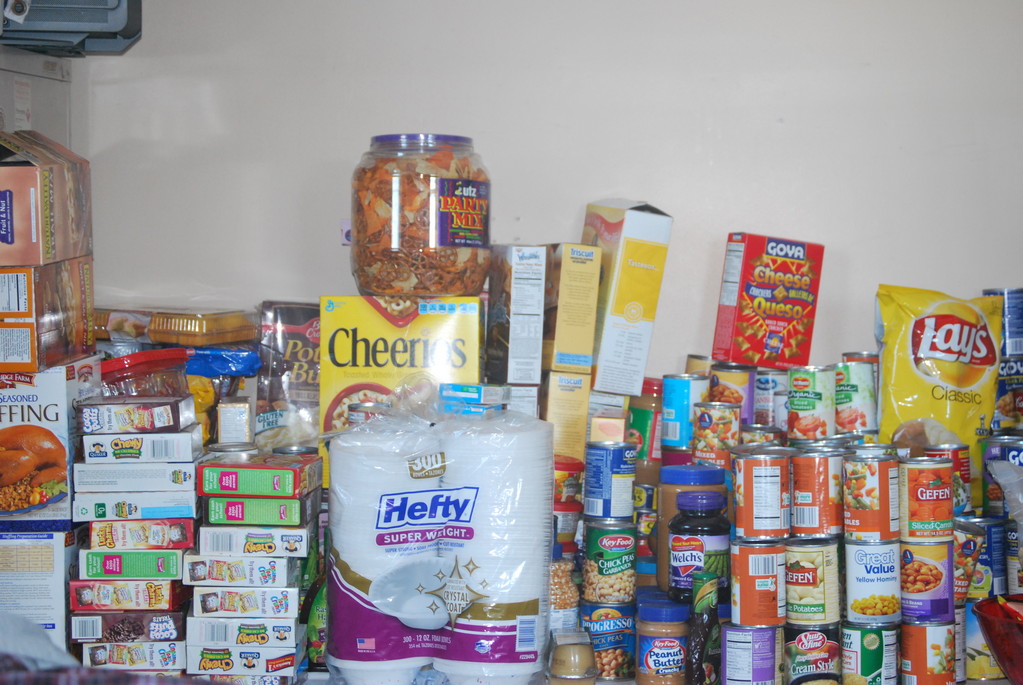Being ready to survive an emergency
Communication and planning are the keys
Emergency preparedness is not the typical topic of discussion at the family dinner table, however after three storms in less than two years that ripped up trees, caused extensive damage to houses and communities, and resulted in two mandatory evacuations of Nassau County’s South Shore, it could be.
The March 2010 nor’easter and hurricanes Irene and Sandy should serve as a wake up call to be better prepared, according to Dr. Marc Sicklick, the Village of Lawrence liaison to the county’s Office of Emergency Management, who believes that being prepared for emergencies begins with effective communication.
“We had a tremendous call to evacuate for Irene and no one believed it,” said Sicklick. “You have to be realistic, people are not idiots. You can’t say evacuate for everything, you have to have an evacuation process.”
In Nassau that process starts with a 120-hour emergency plan that was implemented for Irene and Sandy. The county begins with evacuations of nursing homes and hospitals to help ensure that seniors and patients are moved to higher ground. Following that, a mandatory evacuation is ordered for residents in flood zones that provides for enough time to safely leave their homes and find alternative shelter.
“Throughout the preparation phase and storm itself, County Executive Ed Mangano was in constant communication with town and village officials, hosting sometimes multiple conference calls per day, as well as with residents via the county’s reverse 911 system and the media,” said Brian Nevin, a county spokesman.
Storm preparedness can also be done throughout the year, according to Sicklick, who said that community members should call their local governments to have Long Island Power Authority trim trees to reduce the potential for property damage and injury. Having nonperishable foods such as cereal or canned goods makes more sense during an emergency, when electricity is usually lost, than a freezer full of meat.
The doctor, who has a Cedarhurst practice, wants generators mandated for gasoline stations and village halls, firehouses, police stations and synagogues set up with generators for medical use during these emergencies. “I had a son walk out of the World Trade Center,” said Sicklick, referring to the 9-11 attacks. “I am not trying to change the world. I just want to make it safer by being proactive.”
Being proactive about emergency preparedness is part of the Red Cross’s mission, said spokeswoman Abigail Adams. “[Emergency preparedness] is something the Red Cross is very committed to,” she said. “The more people are prepared, the better able they are to handle an emergency situation.”
The Red Cross has an abundance of information to help families, individuals and business create their own emergency preparedness kit. A kit for two adults and two children for seven days includes 28 gallons of water, 56 meals, two flashlights, one radio, one first aid kit, two packs of batteries, one multi-purpose tool, one set of personal documents, two cell phones, four sets of emergency contact information, four blankets, one map and an estimated amount of cash.
Red Cross information can be accessed at http://www.redcross.org/prepare/location/home-family.

 44.0°,
Mostly Cloudy
44.0°,
Mostly Cloudy 




